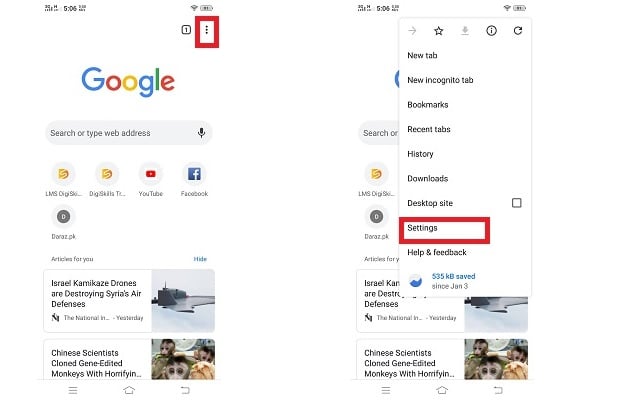

- #Google chrome add blocker update
- #Google chrome add blocker android
- #Google chrome add blocker software
Chrome will remove all ads from sites that have a 'failing' status in the Ad Experience Report for more than 30 days.
#Google chrome add blocker update
But in December, in an update on the anti-ad campaign, Google stated, "Starting on Feb.

Google has not always led its announcements with that information. Think of the ads that led to the failing grade as triggers for Chrome to cleanse the site of every advertisement. This is important to remember: On sites that have failed the eval, all ads are eliminated, not just the ones that led to the violation in the first place. Though Chrome will automatically block intrusive ads that violate the Better Ads Standards, users can disable the feature. That, in turn, can be expanded to display a description which reports, "This site tends to show intrusive ads," along with an option to turn off the browser's filtering for that site. (Most ads are served by third-party networks, not directly from the servers running the site on which those ads run.) On any page with at least one omitted ad, Chrome notifies the user with an "Ads blocked" message. When it finds a match - the browser has been steered to a site with a Failed grade - Chrome does another look-up, this time to a set of ad "fingerprints" caged from EasyList, the open-source ad-identification-and-removal rules list that forms the backbone of most browser ad blockers, including Adblock and Adblock Plus.Īt that point, Chrome declines to honor the page's requests for ads, preventing them from appearing because they're never loaded. Chrome uses that blacklist to look up URLs.

Once ad filtering begins, Chrome will scrub advertisements from a site for at least 30 days, because review submissions after the first two cannot be made until 30 days have passed.įailing-grade sites get added to a list that Google maintains on its servers. Ad filtering kicks in after that grace period if fixes are not implemented. A failing mark means "numerous" violations were found, and that the site owner has 30 days to make changes and request a second review. Each site is handed a grade: Passing, Warning or Failing.Ī warning means that the site has "a number of ad experiences that violate the Better Ads Standard," which the site administrator should correct before re-submitting for a follow-up review. The multi-step process Google has implemented starts with an automated evaluation of a sampling of a site's pages that tallies violations of the coalition standards. Google is walking a tightrope calling its approach filtering (rather than blocking) because the end result on sites struck by Chrome is the same as if an ad-blocker add-on was installed: All ads have been "disappeared." The filtering Chrome does is on a site-by-site basis, not ad-by-ad, something that some commentary about the new functionality failed to mention.

The Better Ads Standards consists of 12 ad types that users reported as particularly annoying.
#Google chrome add blocker android
Chrome sniffs out a different mix - eight kinds of ads from the dozen originally scrutinized - when it's running on the Android and iOS mobile operating systems. On a PC, Chrome looks for four ad categories out of six considered by the panel: pop-ups, ads that automatically play video and audio, "prestitial" ads accompanied by a countdown clock, and those dubbed "large sticky ads," which blanket more than 30% of the screen and remain in place no matter how much the user scrolls. The standards have identified several ad types on the personal computer desktop and on mobile devices that CBA-released research claimed are the most annoying of all online advertisements. Instead, Chrome looks for certain types of ads, those that the Coalition for Better Ads (CBA) says violate what the industry group calls its "Better Ads Standards," then expunges ads from the sites displaying such pitches. That's because Chrome does not, as do most ad blockers, eliminate all ads from all sites, then close up the now-empty spaces to make the page look more or less composed.
#Google chrome add blocker software
Google has dubbed Chrome's new functionality an "ad filter" rather than calling it an "ad blocker," the far-more-common label for separate or baked-into-the-browser software that scrubs online ads from website pages. Just what is Chrome's ad blocking - Google likes to call it "ad filtering" - really all about? How does it work and what's the reasoning behind it?Īll good questions.


 0 kommentar(er)
0 kommentar(er)
